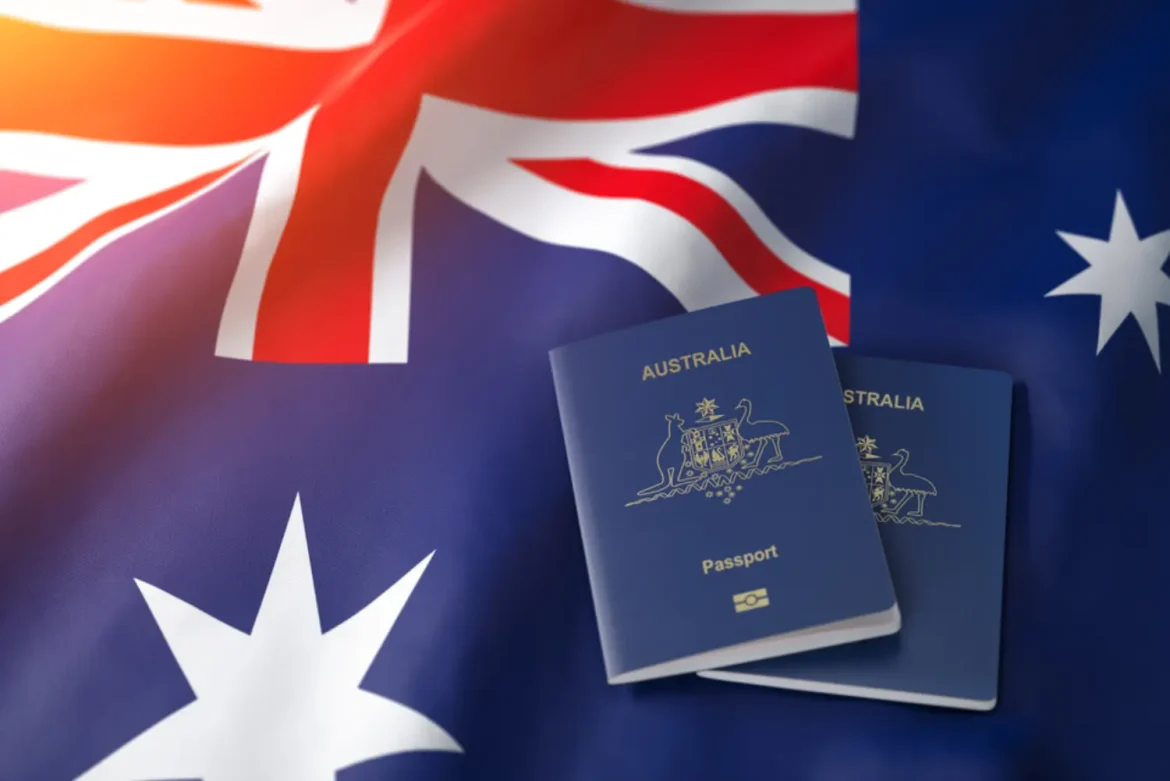The federal government’s latest immigration policy reforms have become a major point of political debate, as ministers outline changes aimed at addressing labour shortages while managing housing and infrastructure pressures. The reforms include adjustments to skilled migration quotas, updated visa requirements, and measures designed to speed up processing times for applicants. Officials argue that these changes will help fill gaps in key industries such as healthcare, construction, and technology, while also ensuring that population growth is sustainable.
Advertisement
Prime Minister Anthony Albanese has defended the reforms as a balanced approach, stating that Australia’s economy depends on attracting skilled workers but must do so in a way that maintains social cohesion. The government has pledged additional funding for housing development and urban planning to accommodate population growth, while also committing to expanded support for migrants to settle successfully in their new communities. Ministers have emphasised that the changes are part of a broader national strategy rather than short-term fixes.
The opposition has strongly criticised the reforms, warning that they risk placing further strain on already stretched housing markets and public services. Liberal Party figures argue that without stronger commitments to infrastructure investment, increased migration will worsen affordability challenges for Australians struggling with rent and home ownership. They also contend that the government has not provided enough detail on how it will manage integration and ensure that new arrivals contribute effectively to the economy.

